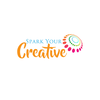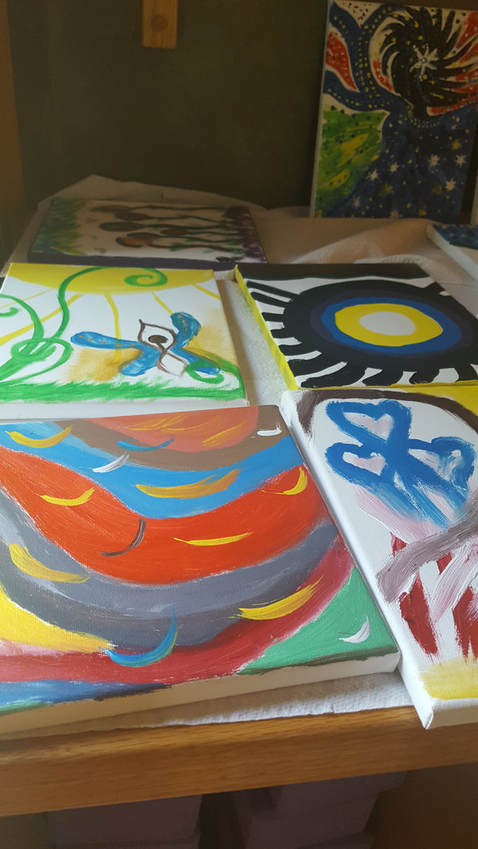|
The world of art and creativity has evolved and includes a variety of new ways of expressing as a way of healing, meditation or personal reflection. One method that is increasing with popularity is the concept of intuitive art making, which has been most influenced by art therapy. You may have heard the terms, "process painting", "soul painting", "source painting"...of all these are the names for the expressive arts practice of intuitive painting.
What is Intuitive Painting? Intuitive painting as mentioned above is a form of expressive arts. According to the The International Expressive Arts Therapy Association, "expressive arts combine the visual arts, movement, drama, music, writing and other creative processes to foster deep personal growth and community development." Shelley Klammer, an internationally renown art therapist and counselor defines intuitive painting as "painting for process - without pre-planning - [it] delves below your social presentation to help you discover what you authentically need to express." She further adds that "intuitive painting does not require years of training in art techniques. Your authentic self-expression will evolve as you practice. Quiet your rational mind as you paint. See what wants to be expressed." Rather than creating art for a purpose, such as an art exhibition or for others, the intuitive painting is a personal and therapeutic method to express yourself, to work through creative blocks or connect to your inner wisdom. It is meditiative in nature and there is no "right" or "wrong" with the end result. It's about opening your true, authentic nature up and using art to express it on paper, canvas or any other medium. Klammer adds that there are some benefits of a intuitive art practice as part of self-care and creative self-expression: "1. As you cultivate your authentic creative flow it becomes easier to let go of perfectionism and the inner critic. 2. When you exercise your spontaneous right brain you invite insight and discover wisdom. 3. When you let your brush move spontaneously, you discover an authentic painting "style" that is beyond a learned technique. 4. When you paint authentically, you generate self-compassion." -Source: Shelley Klammer (copyright by the author, all rights reserved) How to Start an Intuitive Painting Practice Check out these 10 Tips for Intuitive Painting by artist Nancy Fletcher Cassell which explores ways that you can explore starting a practice, which includes everything from starting an art journal, releasing stress and working through creative blocks.
0 Comments
Your comment will be posted after it is approved.
Leave a Reply. |
Archives
July 2024
Categories
All
|


 RSS Feed
RSS Feed